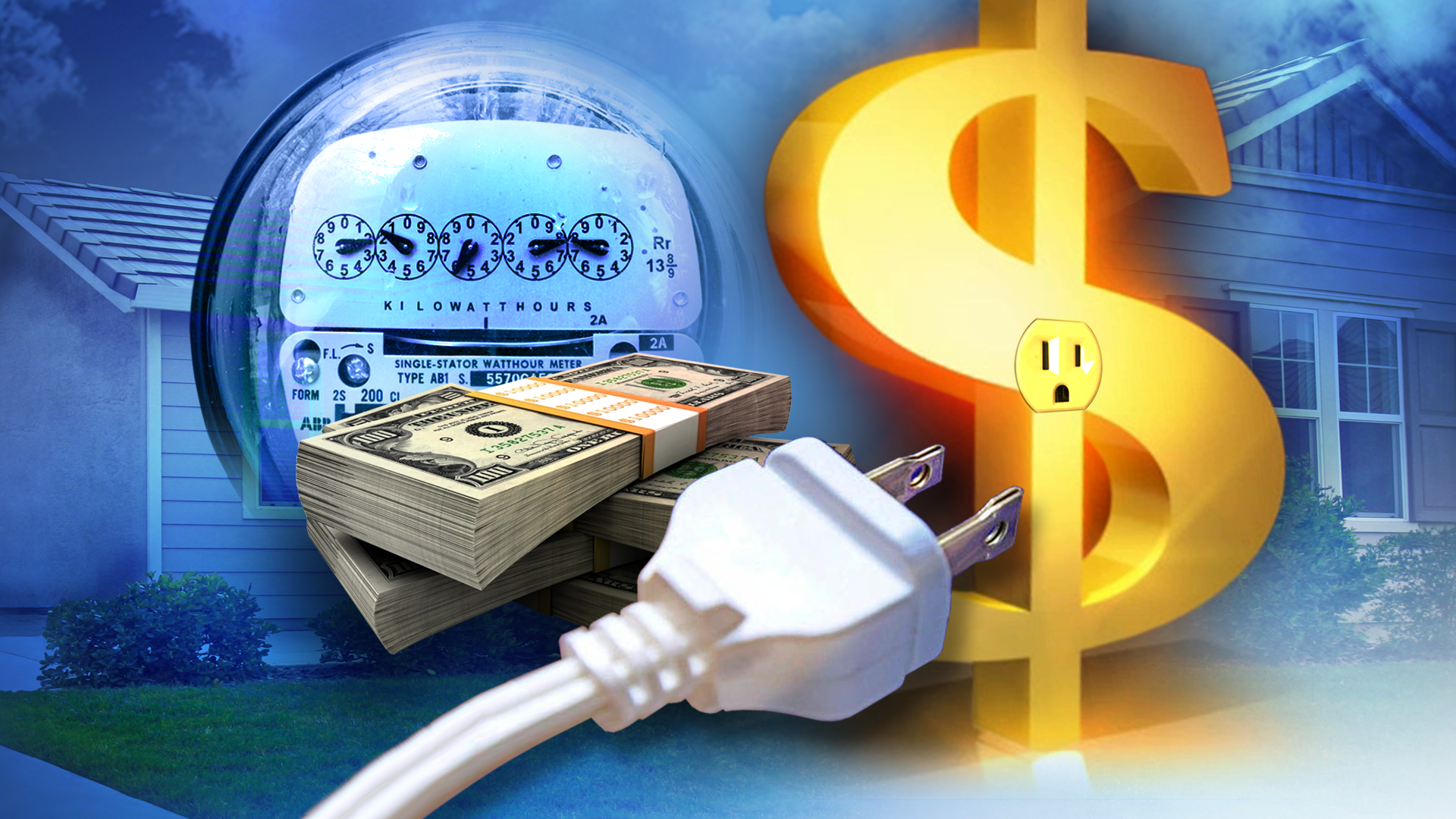Addressing Rising Utility Costs: The $300 Energy Bill Rebate
Empowering Taxpayers: Implementing Stage 3 Tax Cuts
According to abc.net.au, Treasurer Jim Chalmers recently unveiled a series of federal budget measures to provide financial relief in response to Australians’ economic challenges. One prominent initiative is the introduction of a $300 energy bill rebate for every household designed to mitigate the impact of escalating utility costs. However, it’s essential to understand that this rebate won’t be issued as a direct payment. Instead, it will be automatically subtracted from households’ power bills every quarter. While this rebate offers significant assistance it won’t lead to an immediate $300 reduction in energy bills as the savings will be spread over time. Nevertheless, it represents a crucial step in addressing the financial strain experienced by many households due to rising utility expenses.
Another focal point of discussions surrounding the budget is implementing stage 3 tax cuts which entail adjustments to Australia‘s tax brackets and rates. These changes are expected to result in savings for taxpayers earning above the tax-free threshold as they’ll pay slightly less tax. The Australian Taxation Office is set to implement these tax cuts from July 1, allowing individuals to retain more of their earned income. Unlike the energy bill rebate taxpayers won’t receive this money as a separate payment instead, it will be reflected in reduced tax deductions from their take-home pay. While the impact may take time to notice these tax cuts aim to provide long-term financial relief for Australian taxpayers.
READ ALSO: Driver involved in crash that killed woman and three children avoids time behind bars
320,000 Australian Households to Benefit from $300 Energy Bill Rebate: Budget Measures Unveiled to Ease Economic Strains! (PHOTO: News4JAX)
Alleviating Student Debt: Adjustments to HECS Indexation
Furthermore, the budget introduces adjustments to student debt indexation to alleviate the financial burden on individuals with HECS debts. The government plans to retroactively lower the indexation rate from 7.1 percent to 3.2 percent potentially resulting in savings for those with outstanding student loans. For individuals who have already repaid their HECS debt any difference resulting from the lowered indexation rate will either be refunded as part of their tax return or deducted from their tax obligations to the Australian Taxation Office. These measures underscore the government’s commitment to supporting Australians grappling with various economic challenges and aim to provide tangible relief to those burdened by rising living costs and student debt.
Additionally, amid ongoing discussions surrounding the federal budget measures there is a growing emphasis on the need for comprehensive and sustainable solutions to address Australians’ economic challenges. While initiatives such as the $300 energy bill rebate and stage 3 tax cuts offer significant relief there is recognition of the importance of ensuring that these measures translate into tangible benefits for individuals and households. Moreover, as the government introduces adjustments to student debt indexation there is a concerted effort to alleviate the financial burden on those with HECS debts. As these measures are implemented ongoing evaluation and monitoring will be crucial to assess their effectiveness in supporting Australians in navigating economic uncertainties. Through targeted policies and proactive measures, the government aims to foster resilience and stability in the face of evolving economic conditions, ultimately enhancing all Australians’ financial well-being.
READ ALSO: Why won’t ‘Fluffy’ the red-bellied black snake leave Lisa’s car?


















































